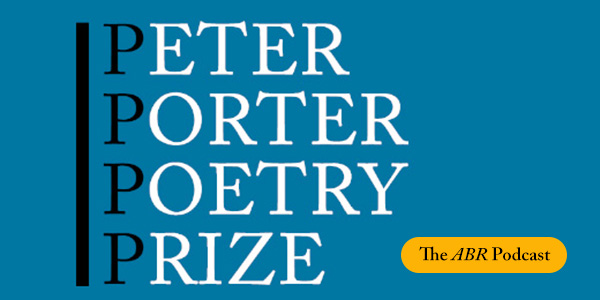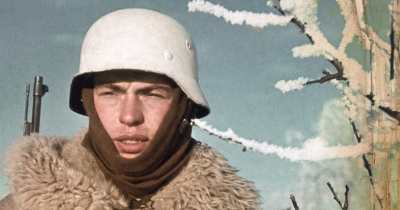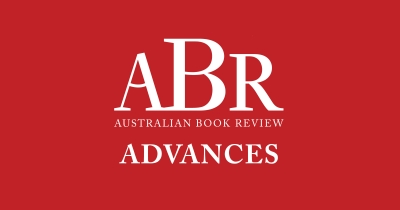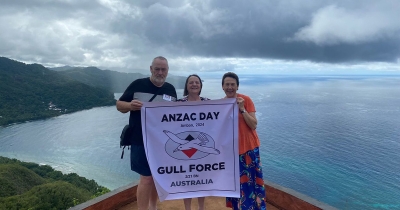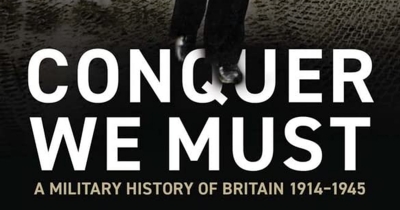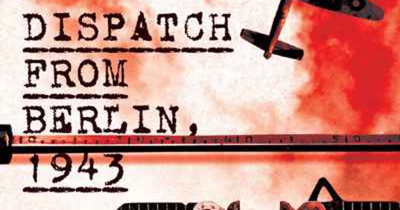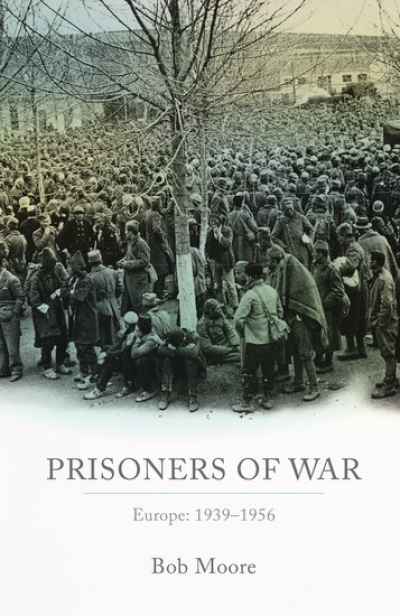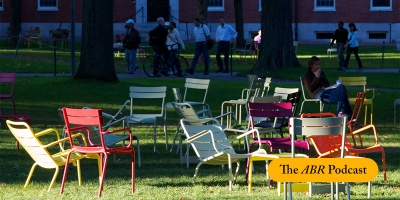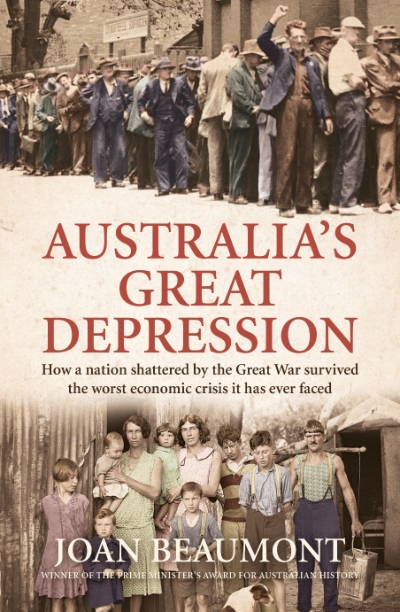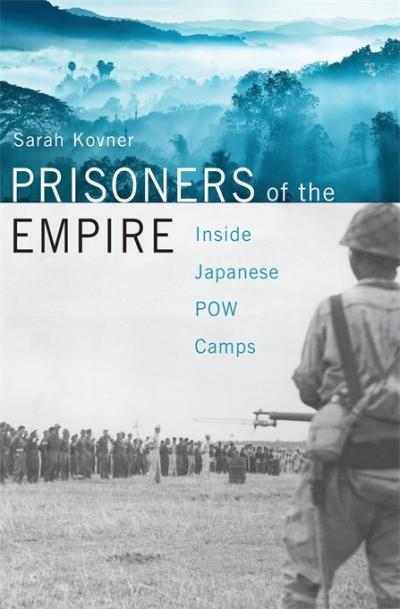Accessibility Tools
- Content scaling 100%
- Font size 100%
- Line height 100%
- Letter spacing 100%
Joan Beaumont
The ABR Podcast
Released every Thursday, the ABR podcast features our finest reviews, poetry, fiction, interviews, and commentary.
Subscribe via iTunes, Stitcher, Google, or Spotify, or search for ‘The ABR Podcast’ on your favourite podcast app.
2025 Peter Porter Poetry Prize Shortlist
Read by the poets
This week on The ABR Podcast we feature the 2025 Peter Porter Prize shortlisted poems, as read by the five poets, published in the January-February issue of ABR.
Recent episodes:
November 1942: An intimate history of the turning point of the Second World War by Peter Englund, translated from the Swedish by Peter Graves
The Jolley Prize
This year’s ABR Elizabeth Jolley Short Story Prize attracted 1,310 entries. Of these, 413 came from overseas, attesting to the high regard in which the Jolley Prize – one of the world’s most lucrative prizes for an unpublished story in English –is held internationally.
Our three judges – Patrick Flanery (Adelaide), Melinda Harvey (Melbourne), and Susan Midalia (Perth) – longlisted thirteen stories from twelve different writers (John Kinsella doubled up). These are all listed on our website, and we congratulate the longlisted authors.
... (read more)Pilgrimages to war cemeteries have long been part of the rituals of Australian remembrance. It is easy to understand why veterans and the parents and siblings of the men who died in war make these journeys. But why do younger generations do so today, more than a century after World War I and eight decades after World War II? These were not their battles, nor their wars. Why do they seek out the semi-sacred spaces of Commonwealth War Graves Commission (CWGC) cemeteries? And why do they weep over the grave of someone whom they have never met?
... (read more)Conquer We Must: A military history of Britain 1914–1945 by Robin Prior
Dispatch from Berlin, 1943: The story of five journalists who risked everything by Anthony Cooper, with Thorsten Perl
The Gough Whitlam and Malcom Fraser Chair of Australian Studies was established at Harvard University in 1976 as a diplomatic gift marking the bicentenary of the American Revolution. It was also part of a global strategic initiative that saw Australian Studies visiting professorships spring up in places from Dublin and Copenhagen to Tokyo and Beijing. While not all such professorships have fared equally well, the Harvard Chair of Australian Studies has been bolstered by the financial largesse of its host institution as well as by its record of strong recruitment. In this episode of The ABR Podcast, Joan Beaumont reflects on the history of this unique institutional arrangement ...
... (read more)Australia’s Great Depression: How a nation shattered by the Great War survived the worst economic crisis it has ever faced by Joan Beaumont
In 1976, the Australian government signed an agreement with one of the leading universities in the world, Harvard, to fund a visiting professorial position in Australian Studies. Originally conceived by the government of Gough Whitlam, the gift of US$1 million was a token of Australian goodwill to the United States on the bicentennial celebration of the American Revolution. Its purpose was to promote increased awareness and understanding of Australia by supporting teaching, research, and publication.
... (read more)
